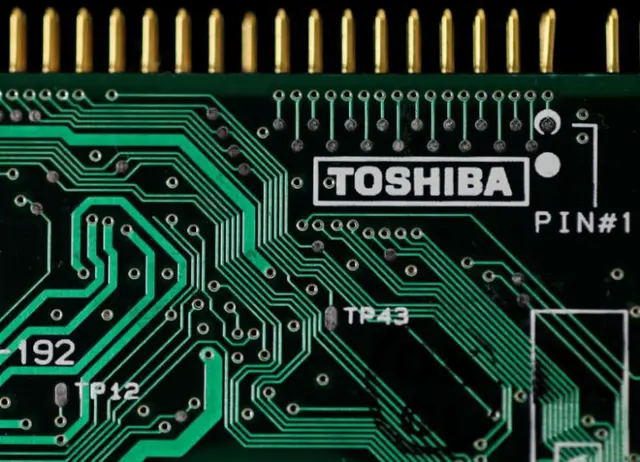By APD Writer Wang Peng
It is reported by Yonhap that South Korean President Moon Jae-in on Saturday (July 29) proposed a set of tough countermeasures against DPRK (Democratic People’s Republic of Korea)’s latest ballistic missile launch, including the deployment of additional 4-THAAD launchers at a US military base in South Korea.
Moon convened the National Security Council (NSC) meeting shortly after reports of the DPRK’s firing a ballistic missile, which South Korea’s military views as an advanced type of ICBM.
Presiding over an emergency NSC session, Moon Jae-in ordered consultations with the United States to bolster its “strategic deterrence” against the DPRK.
The measures would include a show of the allies’ force like a combined ballistic missile exercise and an immediate request for a UN Security Council meeting to discuss strong sanctions.
Both the US and DPRK seized a good chance
Prior to Thursday’s event, two THAAD interceptor launchers have been in operation at a former golf course in Seongju, some 300 kilometers southeast of Seoul, with four others stored at a nearby U.S. military base.
American troops here say the THAAD system is a core element in their missile defense against the DPRK’s growing threats. However, partially because of China’s strong opposition and South Korea’s domestic challenges, neither Park Geun-hye nor Moon allowed the U.S. to deploy all six THAAD missile launchers.
Now, both Moon and Trump seized the moment. As the Guardian reported, Kim Jong Un has issued a fresh challenge to Donald Trump by conducting a second ballistic missile test-launch which experts said has placed US cities in the range of potential attack.
The missile launch was meant as a “stern warning” for the United States by DPRK state media. The ICBM, which aimed for the “maximum distance”, flew for 47 minutes and 12 seconds while travelling 998 km and reaching a maximum altitude of 3,724.9 km, the DPRK said.
While the US officials claim that the missile had flown for about 1,000 km and landed within Japan’s exclusive economic zone.
After the test, Kim Jong Un said that the launch reaffirmed the reliability of the country’s ICBM system and an ability to fire at “random regions and locations at random times” with the “entire” US mainland now within range.
In his view, this test sent a “serious warning” to the United States, which has been “meaninglessly blowing its trumpet” with threats of war and stronger sanctions, the news agency said.
The US, Japan, and DPRK all get strategic benefits from this event
DPRK has achieved a lot from this event. As Jeff Davis, spokesman of Pentagon claims, experts assess that this missile was an intercontinental ballistic missile, which was launched from Mup’yong-ni and traveled about 1,000 km before splashing down in the Sea of Japan.
Experts estimated the threat of DPRK’s ICBMs in different ways. For example, Melissa Hanham, an expert in DPRK’s missile program from the James Martin Center for Nonproliferation Studies, said the test showed that “Alaska was in range” and a 45-minute test flight suggested it could reach New York.
By contrast, Jeffrey Lewis of the California-based Middlebury Institute of International Studies said the launch showed Los Angeles was within range of the DPRK’s missile, but that Chicago, New York and Washington remained just out of reach.
However, no matter the missile that tested this time could reach New York or Los Angeles, it is beyond any doubt that Kim has made huge material progress in ballistic missiles technology, as well as nuclear weapons.
America also gets benefits. In spite of all the tough threats posed by DPRK to the US, it is clear that Trump may be another biggest winner of this event. It seems that both Trump and Kim share a tacit agreement by implication that this pair of apparent rivals often make mutually beneficial strategic conducts.
For example, each time when the deployment of THAAD was blocked by China or South Korean people’s protest, Kim Jong Un never held back on the good stuff - provide the best excuse that Washington and Seoul dreamed of by testing nuclear weapons or launch ballistic missiles.
As “good return for Kim’s benevolence”, both Obama and Trump takes “positive” reactions soon by stimulating DPRK through either war threat of sanctions.
When it comes to Japan, although the Japanese spokesman assumed a look of horror, as many observers noticed that, Tokyo is also another beneficiary of Kim’s nuclear “gift”. Now Shinzo Abe has more ample reasons to lead the international condemnation of DPRK’s launch and test,
“This clearly shows the threat to our nation’s safety is severe and real.” Abe never forgets to connect “DPRK’s threat” to the issue of “protecting the safety of the Japanese people”. How to “protect”? Kim offered Abe the best excuse to promote the re-armament of the Japanese Self-Defense Forces and the constitutional amendment.
In sum, Kim’s launch of the ICBM and Moon’s deployment of the other four THAAD launchers could be regarded as a perfect US-DPRK strategic cooperation.
No matter how fierce the hostility that Kim and Trump posed to each other, their conducts objectively support their strategic aims: America successfully enhance its military presence in northeast Asia while DPRK acquired the nuclear and missile weapons it dreams of; certainly, at the cost of Chinese national interest and the regional security of East Asia as a whole.
Dr. Wang Peng, Research Fellow at the Charhar Institute and Lecturer at the China Institute of Fudan University.
(ASIA PACIFIC DAILY)
 简体中文
简体中文

